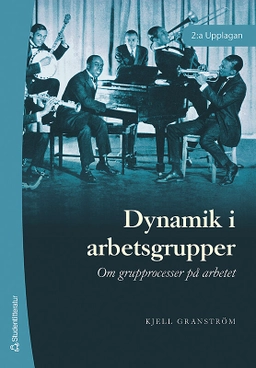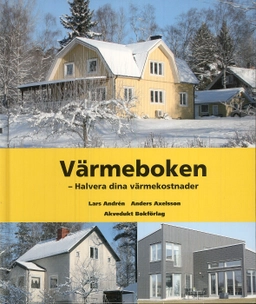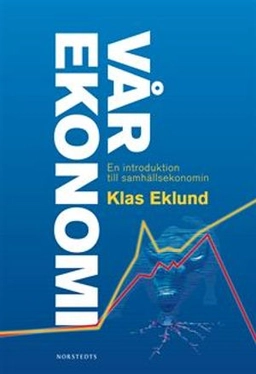The seventh edition of "Urban Economics" continues to be the market leading textbook due to its thorough content and concise writing style. The new edition continues to cover urban economics as the discipline that lies at the intersection of geography and economics. "Urban Economics" incorporates the remarkable progress in the field of urban economics from the last fifteen years. It also explores the location decisions of utility-maximizing households and profit-maximizing firms, and it shows how these decisions cause the formation of cities of different size and shape. The framework of this edition continues to be divided into six sections. Part I explains why cities exist and what causes hem to grow or shrink. Part II examines the market forces that shape cities and the role of government in determining land-use patterns. Part III looks at the urban transportation system. Part IV uses a model of the rational criminal to explore the causes of urban crime and its spatial consequences. Part V explains the unique features of the housing market and examines the effects of government housing policies. Part VI explains the rationale for our fragmented system of local government and explores the responses of local governments to intergovernmental grants and the responses of taxpayers to local taxes.
Åtkomstkoder och digitalt tilläggsmaterial garanteras inte med begagnade böcker





![Ruslan ryska 3 : [kommunikativ kurs i ryska för avancerade studier]; John Langran; 2010](/images/format:webp/size:256:0/quality:100/asset/book-cover/ruslan-ryska-3-kommunikativ-kurs-i-ryska-for-avancerade-studier-9781899785681)















